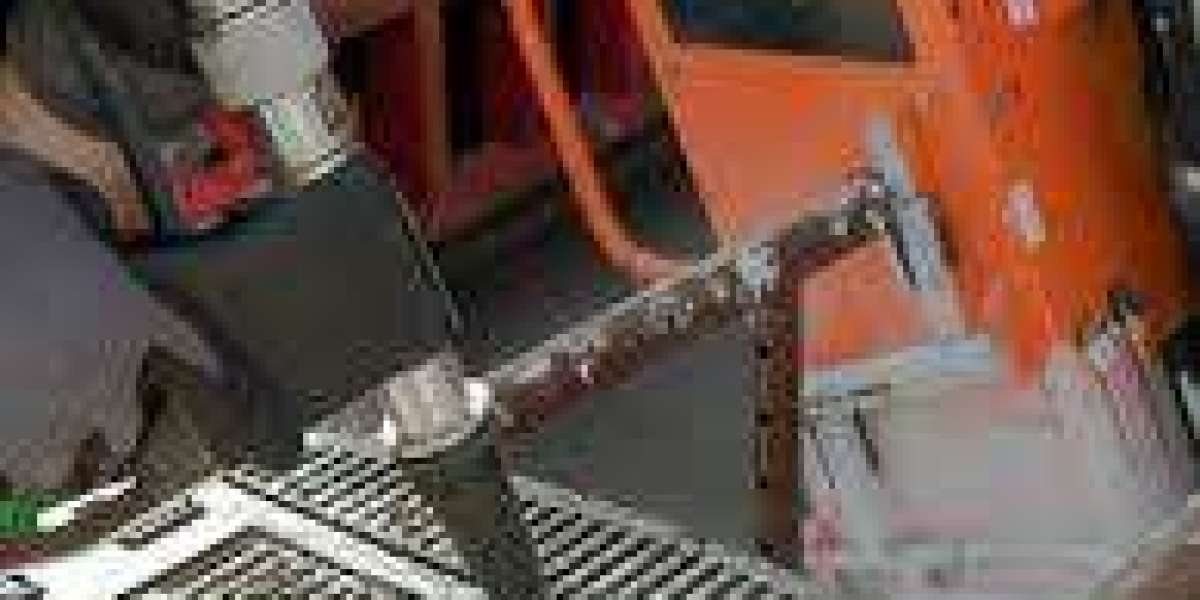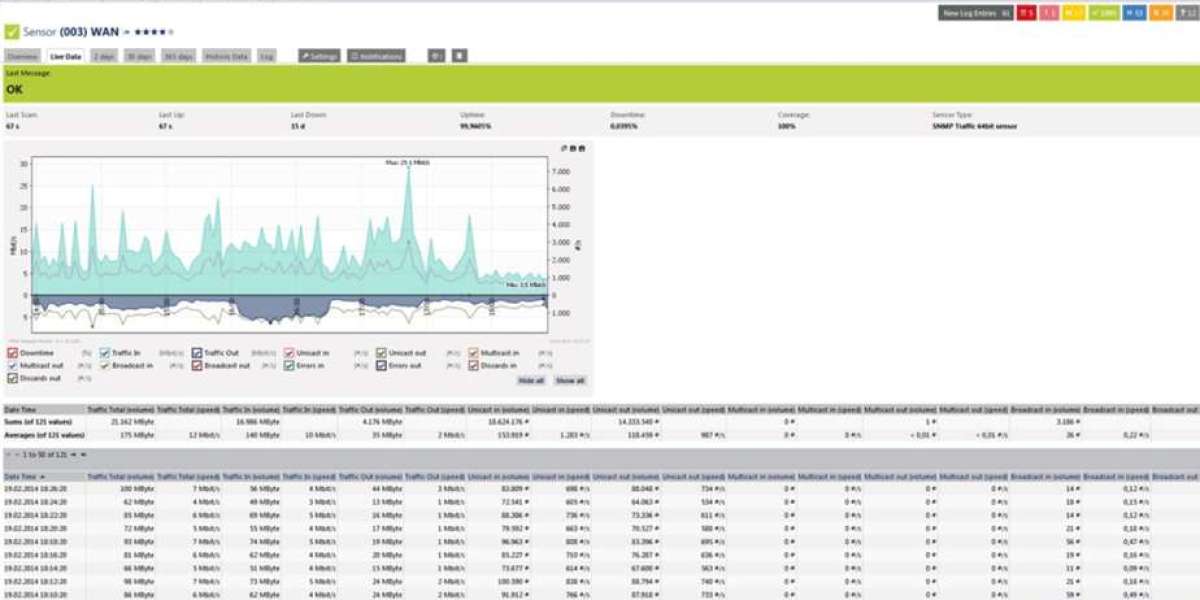How Dry Ice Blasting Works and Why It’s Used
Dry ice blasting is a cleaning method that uses dry ice to remove dirt, paint, grease, and other unwanted materials from surfaces. It is a powerful and safe way to clean without using water, chemicals, or abrasive materials. This method is used in many industries, including food processing, automotive, electronics, and more.
Let’s take a closer look at how dry ice blasting works and why it is becoming more popular.
What Is Dry Ice?
Dry ice is the solid form of carbon dioxide (CO₂). Unlike regular ice, it does not melt into water. Instead, it turns directly into gas. This process is called sublimation. Dry ice is extremely cold, with a temperature of about -78.5°C (-109.3°F).
Because of this, dry ice is great for cooling and cleaning. It can break down tough materials without damaging the surface underneath.
How Dry Ice Blasting Works
In dry ice blasting, small pellets or particles of dry ice are shot at high speed through a special machine. The machine uses compressed air to blast the dry ice onto the surface that needs cleaning.
The cleaning happens in three main steps:
Impact: The dry ice hits the dirty surface at high speed. This helps break up the dirt, paint, or other unwanted material.
Cold Shock: The extreme cold of the dry ice causes the dirt or coating to freeze and crack, making it easier to remove.
Sublimation: The dry ice quickly turns into gas on impact. This gas expands, lifting the dirt off the surface.
Because dry ice disappears into the air, there is no leftover cleaning material to wipe away. This makes the process clean and fast.
Where Dry Ice Blasting Is Used
Dry ice blasting is used in many fields because it is non-toxic, non-abrasive, and does not leave waste behind. Here are some common uses:
Food Industry: Used to clean machines and surfaces without using chemicals that could contaminate food.
Automotive Industry: Removes grease, oil, and paint from engines and parts without harming them.
Electronics: Safe for cleaning delicate equipment because it does not use water or leave moisture.
Mold Removal: Effectively removes mold without spreading spores into the air.
Historic Restoration: Gently cleans old bricks, wood, and metal without damaging them.
Benefits of Dry Ice Blasting
There are many advantages to using dry ice blasting over traditional cleaning methods.
No Water or Chemicals: It’s a dry process, so there is no risk of water damage or chemical exposure.
Environmentally Friendly: Dry ice is made from recycled carbon dioxide, and it does not create harmful waste.
No Surface Damage: Because it is not abrasive, it does not wear down or scratch surfaces.
Less Downtime: Machines often do not need to be taken apart, which saves time and money.
Safe for Workers: Reduces the need for dangerous solvents or manual scraping.
Things to Consider
While dry ice blasting is very effective, it’s not the right solution for every job. It may not work well on soft materials or surfaces that can be damaged by extreme cold. Also, it requires special equipment and trained operators.
The cost of dry ice and the blasting machine can be higher than other methods, especially for small jobs. However, the long-term savings from faster cleaning and less wear on equipment often make up for the initial cost.
Conclusion
Dry ice blasting is a modern and efficient way to clean surfaces without water, chemicals, or abrasive materials. It uses the power of dry ice to remove dirt and unwanted materials in a safe and eco-friendly way. From factories to food plants to historic buildings, more industries are choosing dry ice blasting because it saves time, reduces waste, and protects surfaces.
Whether you need to clean a greasy engine, a moldy wall, or delicate electronics, dry ice blasting offers a powerful and clean solution.








